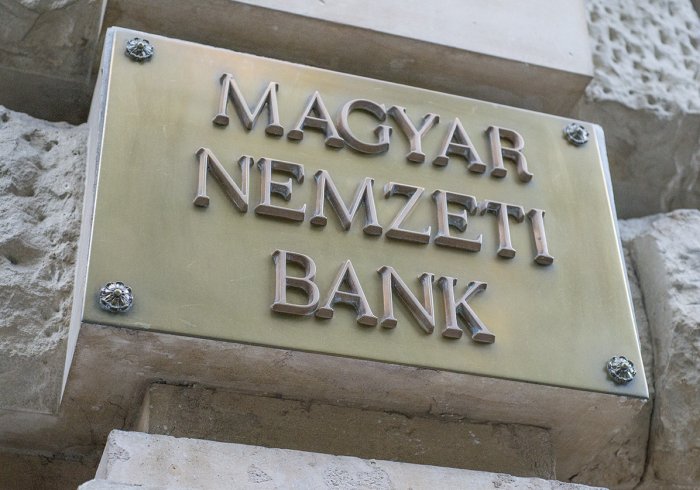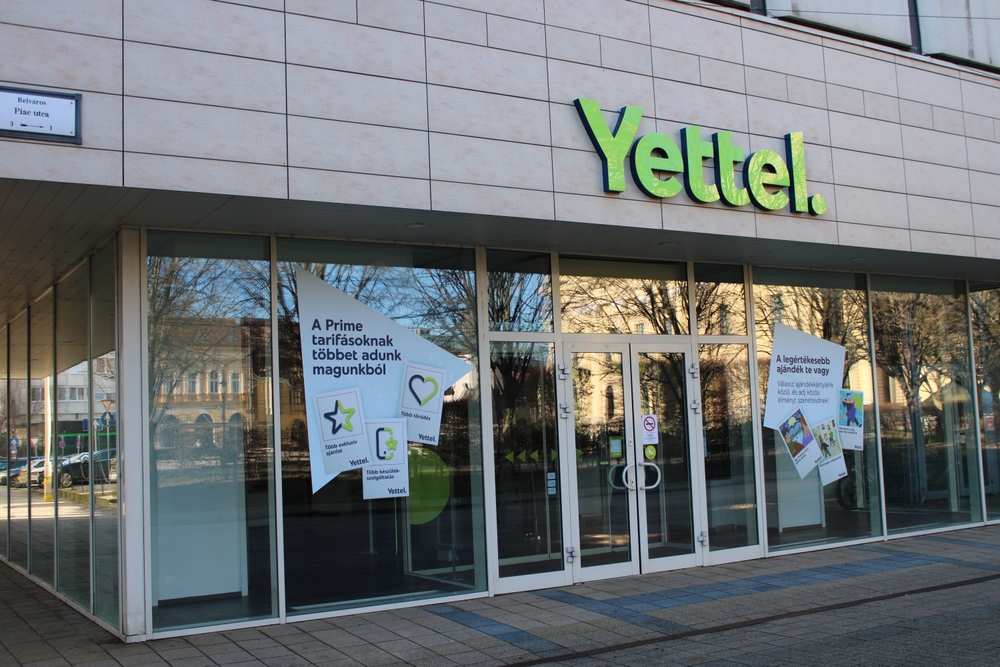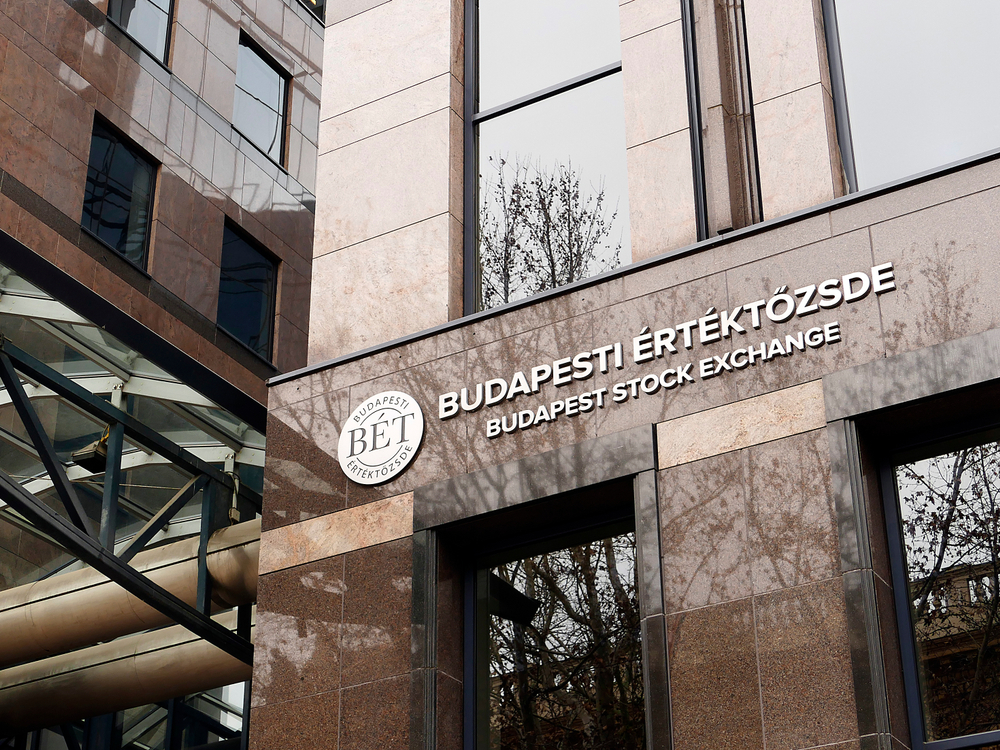Budapest bourse hoping for rebound in 2014

Although the Budapest Stock Exchange’s main BUX index rose in 2013, the bourse saw drops that it hopes to recover from in 2014 following revisions to its operations and the launch of its new Xetra trading system.
The Budapest Stock Exchange remains hopeful that Hungary’s tiny equities market will finally start to show some growth this year after changes implemented in 2013. There is plenty of ground for progress, seeing that daily turnover values and capitalization both dropped last year, according to the BSE’s newly published annual review.
Average daily stock market turnover was HUF 9.5 billion last year, down from HUF 9.9 billion in 2012, while capitalization fell to HUF 4,268.2 billion by the end of 2013 from HUF 4,604.1 billion a year earlier.
The five blue chips continued to account for the bulk of trade with a massive 95.5% of stock market turnover. Richter raised its share to 16.7%, OTP’s ratio dropped to 53.25% and MOL also dropped to 13.5%. Magyar Telekom accounted for 7.3% of turnover and 4.9% went to Egis, which was delisted last December, altogether contributing to an annual 2.2% rise in the BUX index.
Last year the Budapest bourse, a member of the CEE Stock Exchange Group, introduced a new categorization; ‘Standard’ and ‘Premium’ tiers replaced the earlier baskets. Issuers in the premium category have made commitments to enhanced levels of transparency in their operation, which it is hoped will encourage investors.
Even more importantly, the BSE took another step towards addressing its chronic issue of low turnover by introducing the Xetra trading system in December. The new platform, accepted as an international standard, gives investors in a host of different countries easy access to Hungarian stocks, which alone is expected to serve as a major boost to activity.
Xetra could allow for changes in the composition of those playing the markets in 2013, when foreign investors generated half of the turnover in the first ten months; households had a 30% share, brokerages’ trade made up 13% and domestic institutional investors made up nearly 8% of the total.
The bigger stocks themselves could use a better year as well. In 2013, Richter was dropped then reentered MSCI’s emerging market index, largely through a revision to the nominal price of its shares, while Magyar Telekom was also dropped near year’s end. Additionally, France-based Servier chose 2013 to delist the fifth blue-chip company, the pharmaceutical producer Egis.
Going forwared, uncertainties surrounding MOL and the future of its Croatia-based asset INA in the light of political disputes remain, and OTP is also prone to suffering from announcement of any additional government measures to aid troubled debtors.
SUPPORT THE BUDAPEST BUSINESS JOURNAL
Producing journalism that is worthy of the name is a costly business. For 27 years, the publishers, editors and reporters of the Budapest Business Journal have striven to bring you business news that works, information that you can trust, that is factual, accurate and presented without fear or favor.
Newspaper organizations across the globe have struggled to find a business model that allows them to continue to excel, without compromising their ability to perform. Most recently, some have experimented with the idea of involving their most important stakeholders, their readers.
We would like to offer that same opportunity to our readers. We would like to invite you to help us deliver the quality business journalism you require. Hit our Support the BBJ button and you can choose the how much and how often you send us your contributions.









